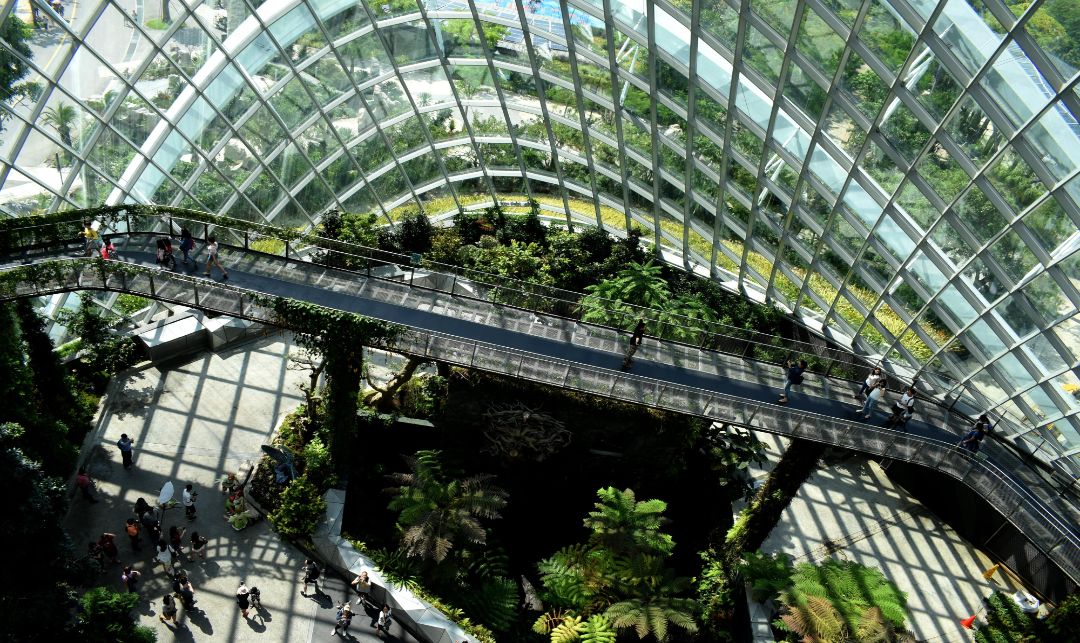The statistics are jarring. One-third of the world’s food is wasted. A full 85% of clothing and textiles are thrown away—91% for plastic materials—with 8M tons finding a way into our oceans each year. That’s what happens when we produce, consume, and discard in the linear life cycle of products we are all used to.
These grim outcomes pose a direct threat to our planet and future generations, but they are not inevitable. In fact, one of the greatest economic and environmental opportunities in decades is hiding in plain sight. And companies that have embraced it are reaping the benefits, both in business and in life. Let me give you a tour.
Welcome to the circular economy, a world without waste! When companies are designing for disassembly, excluding toxic compounds, and reimagining for reuse, products are no longer destined for the landfill. Every stop in the supply chain presents the opportunity to reduce waste, increase efficiency, and unlock value in existing materials.
How can your teams design for disassembly, unlock value through product life extension, upcycle waste into resource streams, and drive organizational efficiency?
These emerging regenerative methods are building momentum, and repairing and restoring natural systems in an economical way. Patagonia and Rodale’s Regenerative Organic collaboration is a good example of this. And through greater use of circular design, we will localize supply chains and upgrade archaic manufacturing processes while delivering economic value and environmental impact at scale.
This will make a real difference not just for these businesses, but for our planet. By improving the proportion of materials repurposed and reused, the circular economy can reduce 45% of global greenhouse gas emissions, an environmental impact comparable to abandoning fossil fuels. Accenture puts Circular at a $4.5 trillion global economic opportunity for a multitude of businesses and industries. The transition is already under way among the world’s largest consumer, retail, and tech firms.
For example:
- Apple leverages buyback incentives to recapture used materials and optimize future production.
- Nike’s “Move to Zero” is an open-sourced circular design guide that provides an industry road map for circular fashion.
- IKEA repurchases used private-label furniture to capture latent material value and reduce future production expenses.
- Many other corporations hold similar circular commitments, including AB InBev, Adidas, Unilever, Tommy Hilfiger, Microsoft, Nestlé, and H&M.
As these corporate powerhouses continue to demand innovation, talented founding teams are focused on accelerating a circular economic revolution. Here are just a few:
- For Days allows customers to purchase clothing at a discount by returning their used garments. These pieces are then upcycled into new products.
- Pentatonic has worked with Uniqlo, New Era, Starbucks, Burger King, and more, transforming previous waste streams into new products like elegant glassware, upcycled furniture, and luxury consumer accessories.
- Hyla Mobile repurposed 53M smartphones/devices, generating $6B in unrealized value for customers and redirecting 6,500 tons of e-waste.
- Bureo has reclaimed over 1M lbs. of harmful fishing nets, which threaten marine life and constitute nearly 10% of ocean plastic pollution. They give the nets renewed life as sunglasses, skateboards, and hats for Patagonia.
These young businesses are on their way to billion-dollar valuations like recent stalwarts Rubicon, Apeel Sciences, and Allbirds. Institutional investors are getting in too. Last year, BlackRock launched its Circular Economy Fund with $20M in seed capital. The ETF has performed astonishingly well and is now trading at over $1.1B AUM a year later. Circular economic principles are appearing in dozens of industries and markets with continued disruption to broken linear processes.
To transform your business along these circular principles, the first step is to conduct a full circular audit of your organization. Think about what segments of your business are ready to transition from linear models to circular solutions. How can your teams design for disassembly, unlock value through product life extension, upcycle waste into resource streams, and drive organizational efficiency? There is plenty of useful information from innovative organizations Cradle to Cradle and the Ellen MacArthur Foundation that can help you change the structure of your business for the better.
We have the tools to create a better system. All we have to do is think circularly. Entrepreneurs and executives, it’s time to gather around.







